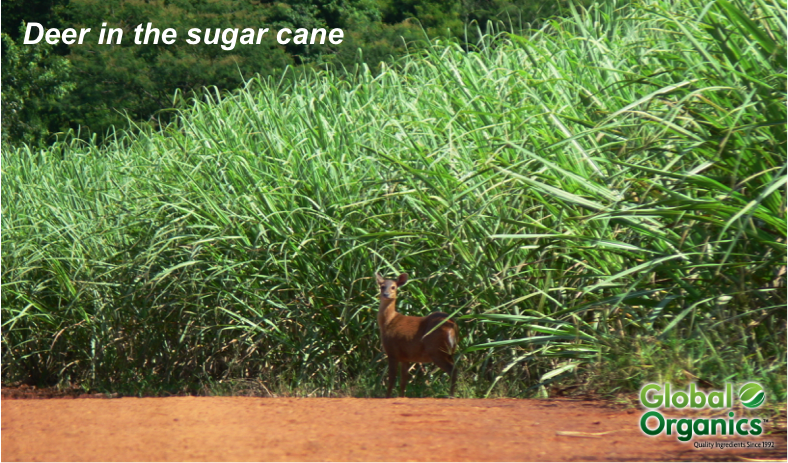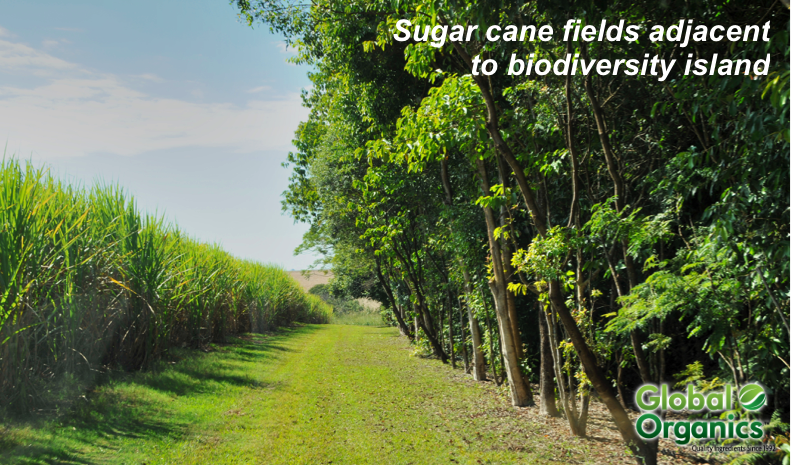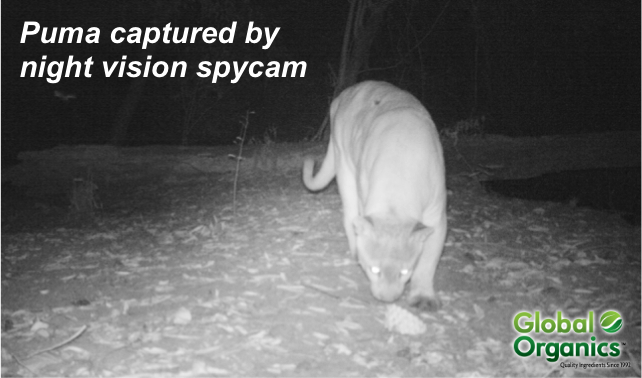Biodiversity & Cane Sugar: New Website Shows it All
09.30.2016 | Author: Global Organics | Category: Cane Sugar & Sweeteners, Organic & Sustainability
To celebrate their success with protecting and promoting biodiversity, the Native Green Cane Project recently launched a new website showing the species that now live in and around the project. You can learn more and see the array of mammals, birds, reptiles and amphibians via this link.
If you already use Native organic cane sugar, visit the site to see how your purchases help contribute to biodiversity and feel free to pass this information to your customers. If you don’t use Native sugar and you’re thinking about increasing the sustainability of your brand, consider using cane sugar that generates species diversity.
As you may know, the Native Green Cane Project in Brazil is a model of what can happen when the need to produce an agricultural product is balanced with a dedication to sustainability. Starting in 1987, the Green Cane Project put a stop to burning sugar cane fields during harvesting, eliminated the use of synthetic off-farm inputs (including all fertilizers, pesticides and herbicides), established “biodiversity islands” or preservation areas encompassing 4,600 hectares (11,000 acres) throughout their fields and launched several social programs for workers and local communities.
As a result, the Green Cane Project was able to become carbon neutral, improve groundwater quality and volume, increase resilience to adverse weather conditions such as drought, rejuvenate soil and last but not least increase biodiversity to 23 times that of conventional sugar cane fields.

As a member of the Union for Ethical BioTrade (UEBT), Native is committed to having a positive impact on biodiversity. UEBT is a member-based nonprofit that promotes respectful sourcing of ingredients with regard to biodiversity and supports the 2020 United Nations Biodiversity targets.
Native also signed the Biodiversity in Good Company Initiative Leadership Declaration, a pledge for businesses to combine biodiversity considerations with their corporate objectives.
The Green Cane Project demonstrates a unique approach to biodiversity, which seeks to integrate farming practices and agricultural areas with native flora and fauna. A big part of this approach is the creation of biodiversity islands, or preservation areas, throughout the cane fields. These greenways protect vulnerable ecosystems like waterways and offer sanctuary for plant and animal species of all kinds. So far, more than 1 million trees have been planted and 10 different habitats have been identified including wetlands, riparian vegetation, native forests, exotic woods and more.

To quantitatively measure the Green Cane Project’s impact on biodiversity, third-party researchers carried out over 2,800 field surveys in Native’s fields and forests. Specialized teams of ecologists, biologists, agronomists and others inventoried the area and found over 340 species of mammals, birds, reptiles and amphibians - including 49 endangered species!

If you already incorporate Native organic cane sugar in your products, thank you for your support of this unique project, and feel free to share this great success story with your consumers. If you are interested in learning more or switching to Native organic sugar, contact us or get in touch with your Global Organics account manager.
For more information about Native’s sustainability programs, check out this infographic.


